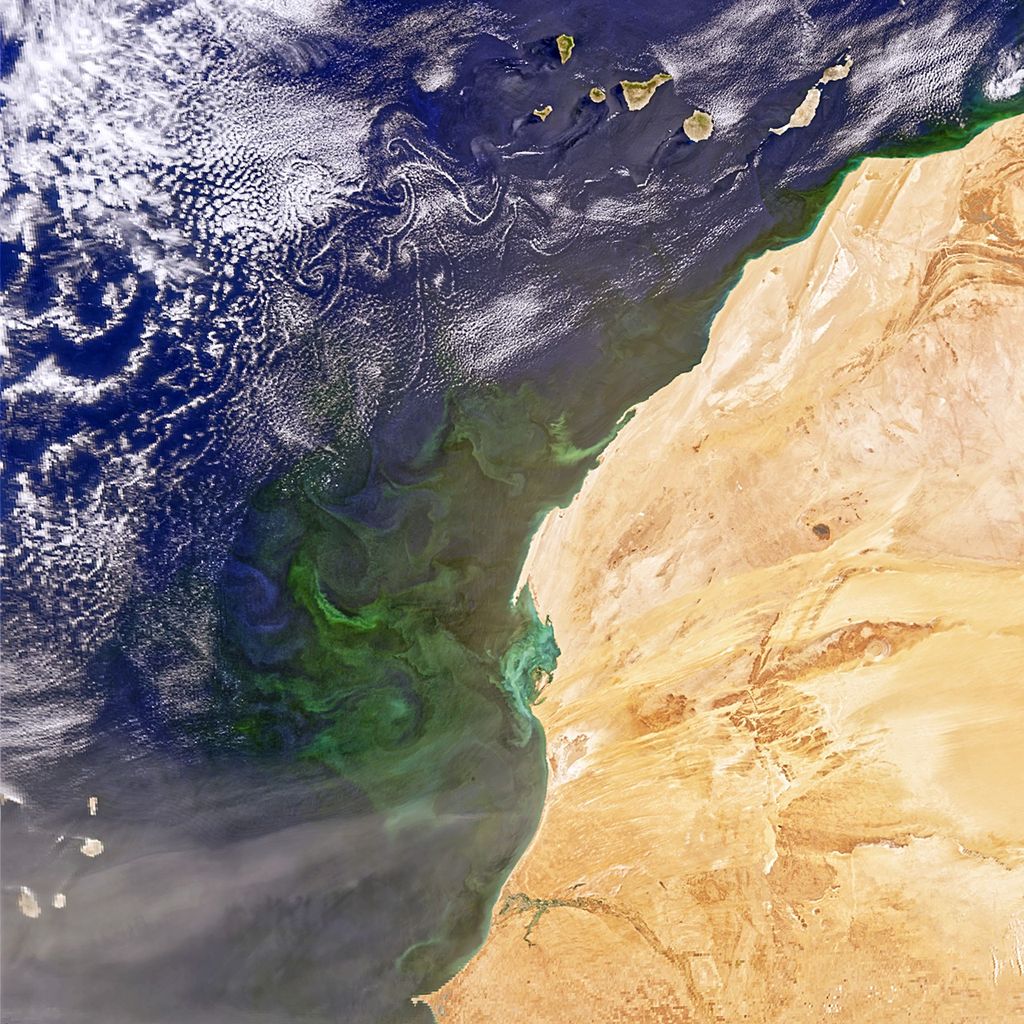Structure and Response of Spherical Flames (s-Flame)
Science Objectives
The Structure and Response of Spherical Diffusion Flames (s-Flame) experiment is conducted in the Combustion Integrated Rack (CIR) on the International Space Station as part of the Advanced Combustion via Microgravity Experiments (ACME) project. The purpose of s-Flame is to advance the ability to predict the structure and dynamics, including extinction and instabilities, of both soot-free and sooty flames. The results may contribute to the development of lean-burn engines for improved efficiency and reduced pollutant emissions here on Earth.
Experiment Description
The purpose of the Structure and Response of Spherical Flames (s-Flame) experiment is to advance the ability to predict the structure and dynamics, including extinction, of both soot-free and sooty flames. The spherical flames are ignited at non-steady conditions and allowed to transition naturally toward extinction. Tests are conducted with various inert diluents in both the fuel and chamber atmosphere. The fuel gases include hydrogen and methane mixtures for soot-free flames, and ethylene for sooty flames. One experiment objective is to identify the extinction limits for both radiative and convective extinction, i.e., where the flame extinguishes from heat loss or is blown out, respectively. Another objective is to determine the existence, onset, and nature of pulsating instabilities that have been theoretically predicted to occur in flames with certain fuel/inert mixtures.
Space Applications
Although s-Flame research is not being conducted to serve any specific space applications, it is possible that its findings could aid the development of future space-based combustion devices (e.g., for solid waste processing) or in improving spacecraft fire safety.
Earth Applications
Diffusion flames are the basis for most combustion engines and devices and the s-Flame results may contribute to the development of lean-burn engines for improved efficiency and reduced pollutant emissions.
































